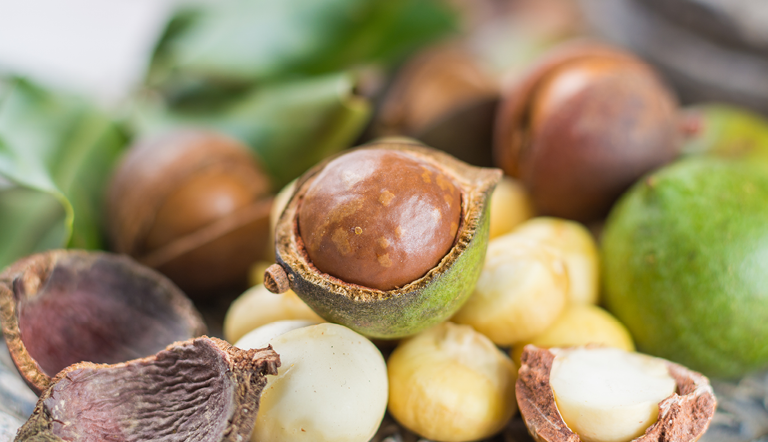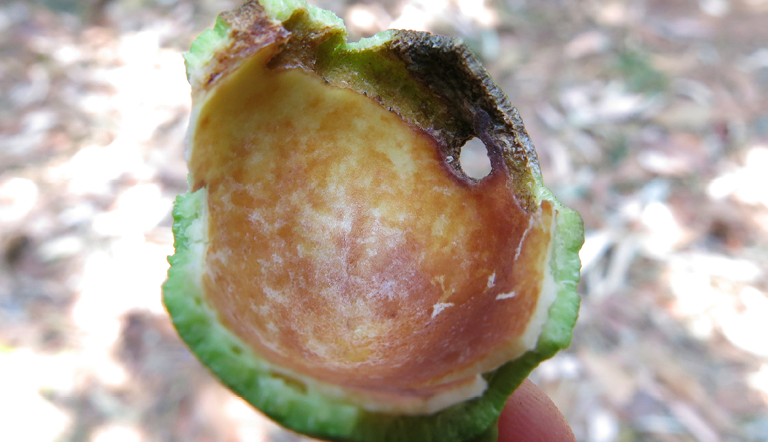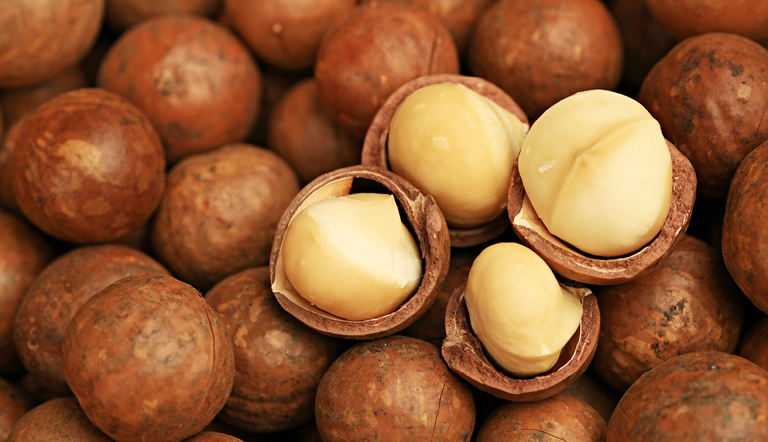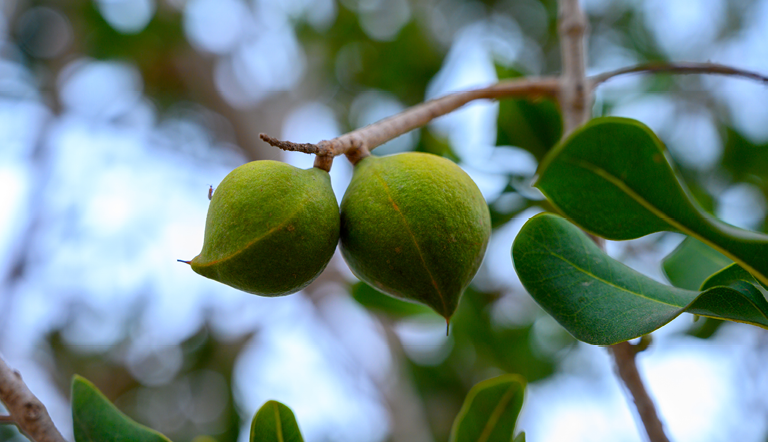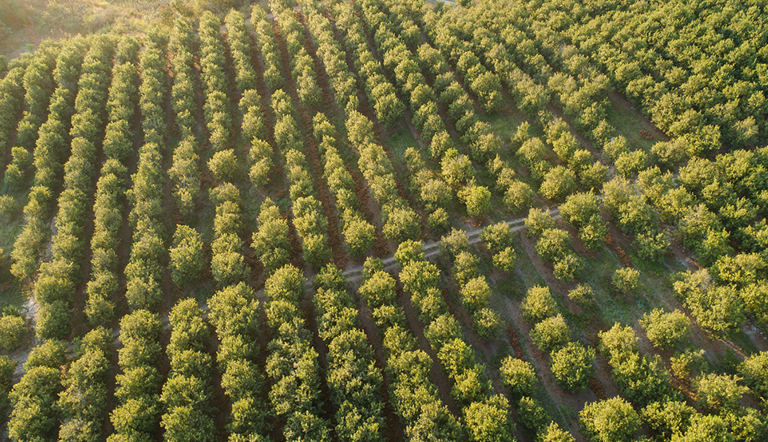
Macadamia Farming in South Africa

Macadamias, a type of tree nut that has grown wild in Australia for thousands of years, have been farmed commercially in South Africa since the 1960s.
The nuts are consumed as a snack, used in the manufacture of sweets, baked goods and ice cream, and are found in plant-based alternative choices such as milk as well as health foods. Uses for the shells include beauty products, filters, powders and homeware. For a number of years there has been growing demand.
South Africa is one of the leading producers in the world. The subtropical regions of the country provide the perfect climate for growing macadamias.
The trees flower from August to September, and the nuts develop over 31 weeks, with harvesting starting in March and continuing through to July.
Macadamia production in South Africa
The macadamia nut industry in South Africa is significant in terms of both employment and export earnings.
According to the South African Macadamia Growers’ Association (SAMAC), there are more than 700 macadamia nut farmers, mostly located in Limpopo, Mpumalanga and KwaZulu-Natal, with some growers in the Eastern and Western Cape too.
The industry is an important employer, providing more than 10 000 permanent jobs with seasonal work for 9 000. This is expected to grow due to increased plantings.
South African macadamia nuts are widely exported. Half of the macadamias grown in South Africa are exported in-shell, with most going to China and other parts of Asia; the remaining half is exported as kernels to the United States, Canada, Europe, Japan, South East Asia and the Middle East.
Nelmak 2, 842, A4, 695 and 814 are favoured because they bear fruit earlier than other macadamia cultivars and subsequently produce high yields. 816 and A4 are prized for their nut quality. New plantings are focusing on 849, A4, A16, 816 and 814.
Pests and diseases
Macadamia nut growers in South Africa have to contend with a variety of pests and diseases. According to the National Department of Agriculture in cooperation with ARC-Institute for Tropical and Subtropical Crops, these include the nut borers (including the larvae of the false codling moth), Phytophthora root rot and stinkbugs.
ARC in collaboration with SAMAC, is researching the effects of a newly discovered Orthotospovirus on the yield of macadamia nuts: “This novel virus was identified within the unit by high-throughput sequencing technologies and was shown to be wide-spread in Macadamia orchards, being detected in Mpumalanga, Limpopo and KwaZulu-Natal. The virus causes characteristic ringspot symptoms on infected macadamia leaves from various cultivars and the presence of the virus can be confirmed by diagnostics developed within the lab.”
An infopack from the Department of Agriculture notes that “stinkbugs are the most important pest on macadamias in South Africa. Damage is caused by a stinkbug complex comprising at least 20 different types. The most important types are: two-spotted stinkbug, green vegetable stinkbug, coconut stinkbug, small green stinkbug, spotted stinkbug, yellow-edged stinkbug and yellow-spotted stinkbug. Stinkbugs can cause crop losses of up to 80 %.”
ADAMA Solution
Among the ADAMA products registered to protect macadamia trees are Aceta Star 46 EC and Klartan 240 EW.
Aceta Star 46 EC has emergency registration for the control of false codling moth on tree nuts.
Klartan 240 EW is registered for the control of stinkbugs on macadamia trees in Mpumalanga only.
Outlook
From 1 211 tonnes nut-in-shell in 1991 the harvest has grown to more than 60 000 tonnes in 2022. SAMAC notes that “the total value of annual production has increased from R32 million in 1996 to approximately R5.1 billion in 2022”. Farmer’s Weekly reports that the SA “macadamia industry is expanding by over 3 000ha/year and the planted area has reached around 30 000ha”.
This expansion is likely to be bolstered by growers in KwaZulu-Natal who are looking for alternatives to sugarcane after Tongaat Hulett went into business rescue in October 2022.
However, after decades of growth, there are now concerns that demand for macadamias might have peaked. Prices have fallen for the first time in almost ten years as supply has increased, particularly in South Africa, which vies with Australia for the position of top global producer.
The SA macadamia industry’s most important export partner, China, has dramatically ramped up domestic planting, with 2020’s estimated 240 000ha projected to reach 300 000 ha by 2030.
Macadamias are a superfood that forms just 2% of the total nut market, so while there is cause for short-term concern, there is certainly room for recovery long term, if a sound marketing strategy is employed. As Jillian Laing, CEO of the World Macadamia Organisation, noted in 2022, “There are only three ways to grow consumption: get more people to eat the product, get them to eat more per serving, and more often… The core target market is someone who cares about what they eat, and wants to reduce meat intake but is not a vegan. It’s a flexitarian who wants real dairy and some meat, looks after their body and their mind, and wants sustainable foods.”
